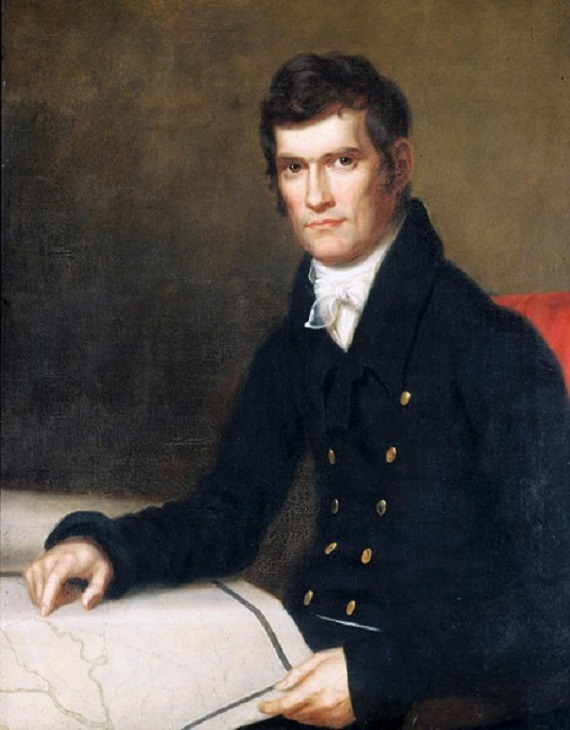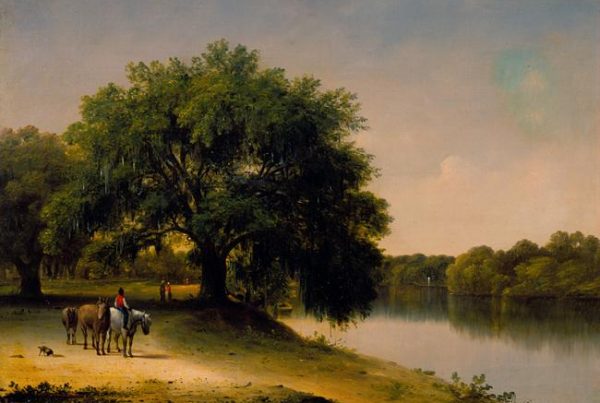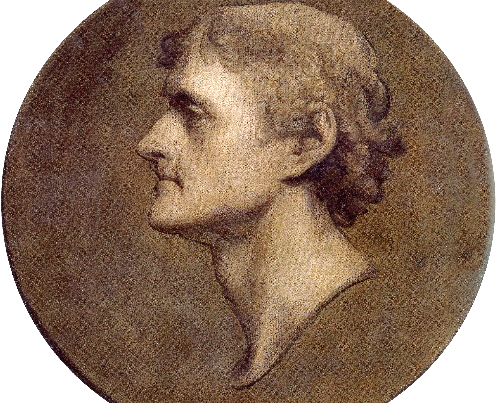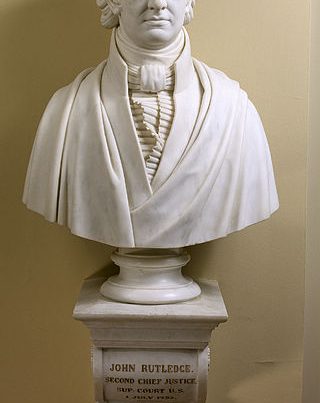I can still recall one of my college economics professor’s witticisms. When a student mentioned that the current year’s test had the same questions as last year’s, the professor replied: “Yes, but the answers have changed.” My professor illustrated a valid point: theories of economic causation, like other theories, often change. A culture’s political and social attitudes also change. But too many think that their generation has finally arrived at beliefs that are ironclad, so whatever was previously thought must be altered to conform to present-day opinions.
In 1956, Congress created a committee to determine America’s five best Senators whose portraits should be placed in a Hall of Fame section of the U.S. Capitol. The members of the committee were respected members of Congress, that were selected to represent a cross-section of the nation, as well as a balance between both major political parties. The junior senator from Massachusetts, John F. Kennedy, was appointed Chairman of the committee. – He would later be elected president. In addition to Massachusetts, the other states represented on the five member committee were New Hampshire, Ohio, Georgia, and Montana: three Democrats and two Republicans.
The five Senators to be honored would be evaluated based on the times in which they lived, along with such criteria as “constitutional interpretation”, “legislation”, “courageous opposition to legislation”, and “acts of statesmanship transcending party and state lines.” Trying to pick the five best out of the vast number of Senators who held office during a period of roughly 200 years was a monumental task, so the committee sought assistance from eminent historians, and received input from 160 scholars. They also consulted former living presidents. Based on the data received, and four years of research, the committee selected 65 candidates.
Members of the Kennedy Committee were men of maturity with considerable experience in the real world. At age 38, John Kennedy was its youngest member. Although not necessarily patriarchs, these were men well past their formative years and no longer easily swayed by fashionable trends. They deliberated methodically, scrutinizing the various criteria, and gave consideration to all the criteria. Their final choices were Henry Clay, John C. Calhoun, Daniel Webster, Robert Taft, and Robert La Follette.
Kennedy expressed his admiration of John C. Calhoun: “When I was selected as chairman of a committee to pick five outstanding Senators in the history of this country, John C. Calhoun’s name led all the rest, and his painting is now in the Senate reception room.” There are also statues of this remarkable man in the nation’s capitol, in the rotunda of South Carolina’s capitol, and on the campus of Yale University. – John C. Calhoun graduated Phi Beta Kappa from Yale and went on to a career in government service that lasted over 30 years.
Calhoun’s amazing career included stints as a member of the South Carolina Legislature. He was a member of the U.S. House of Representatives, Secretary of War, Vice-President under two Presidents, a U.S. Senator, and a Secretary of State. He was certainly one of our country’s outstanding political thinkers, and this is chronicled in the numerous books about him. It would have been impossible to exclude John C. Calhoun from a list of America’s five best Senators.
But America’s culture has changed radically since 1956, and members of the Kennedy Committee, now all deceased, would probably be dismissed as simply “old dead white guys”, no longer worthy of respect. The Kennedy Committee’s choices would be rejected today regardless of what they accomplished because white heterosexual males are today’s villains. This generation avoids complex scrutiny, confining their judgments to simpler criteria, usually based on some form of egalitarianism or issues related to “racism.” These limited and simplistic criteria easily expedite the process of categorizing outstanding historic individuals. It doesn’t matter what the social circumstances and culture were when the candidates actually lived. They will be judged by today’s standards.
Like many elite universities, Yale University, Calhoun’s alma mater, maintains a vigorous and highly successful minority recruitment program. A significant increase in minority students on campus has helped achieve more diversity, a goal the administration sought.
But there are unanticipated consequences. Minority students insist that alterations be made to the centuries-old campus to make it a more “welcoming environment.” The head of each of Yale’s 12 residential colleges has always been designated as the “master.” In this case, “master” is obviously used in an entirely different context from that of “slave master”, but protesting students still demand that this designation be changed. Not surprisingly, they also demand that Calhoun College be renamed because John C. Calhoun supported slavery, even though during his time, slavery was legal and widely supported.
As eight of Yale’s 12 residential colleges are named for slave owners, we wonder why protesting students are only demanding a name change for Calhoun College. There have also been no complaints about early members of Yale’s secret Skull and Bones society even though many of its famous members were from powerful families that acquired their wealth through the slave and opium trades. I am not suggesting that a campus cleansing action should be taken against these Skull and Bones alumni. – That was in the long ago past and many of these men led admirable lives. But it does seem hypocritical to judge John C. Calhoun by current societal standards while exempting other alumni from such scrutiny.
A more in-depth understanding of slavery would cause students to bypass protests against Calhoun and focus instead upon another famous Yale alumnus,whose statue also adorns the campus, Eli Whitney. Without Whitney’s cotton gin, cotton seeds had to be meticulously removed by hand, a lengthy, time-consuming process . Whitney carefully studied this problem and designed a machine to pull cotton through a wire screen with hooks in order to separate seeds from the cotton. This not only drastically expedited the process but more seeds were able to be set aside for replanting new crops. Before Eli Whitney’s cotton gin, the use of slaves was waning, – there were less than 700, 000. Afterwards, the slave population almost doubled to roughly1.3 million. So Eli Whitney did more than any other person to increase the number of slaves and perpetuate the practice of slavery.
If Yale students are truly concerned about the treatment of persons held in servitude, they should look past John C. Calhoun and focus instead on Elihu Yale, the man for whom the University is named. As head of the East India Company in the 1700s, Mr. Yale’s cruel treatment of Indian subjects was far worse than the treatment of plantation slaves in America. ( He had a young boy hanged without a trial for stealing a horse.) Elihu Yale was also involved in the slave trade and in a painting of Yale, one of his household slaves is depicted. Yale amassed a fortune, primarily through his ambitious drive and questionable ethics. His extreme corruption finally led to a charge of embezzlement, and he was removed from his lucrative position. However, his fortune remained in tact, allowing him to assuage his guilt with contributions to charitable causes, including the funding of Yale University.
Nevertheless, Elihu Yale does not fit the stereotype for a racist currently in vogue, because he was neither a Southern slaveholder nor an inhabitant of the Ante-bellum South. So Yale absolves him for the maltreatment of his serfs, while chastising John C. Calhoun for supporting slavery, making him persona non grata.







